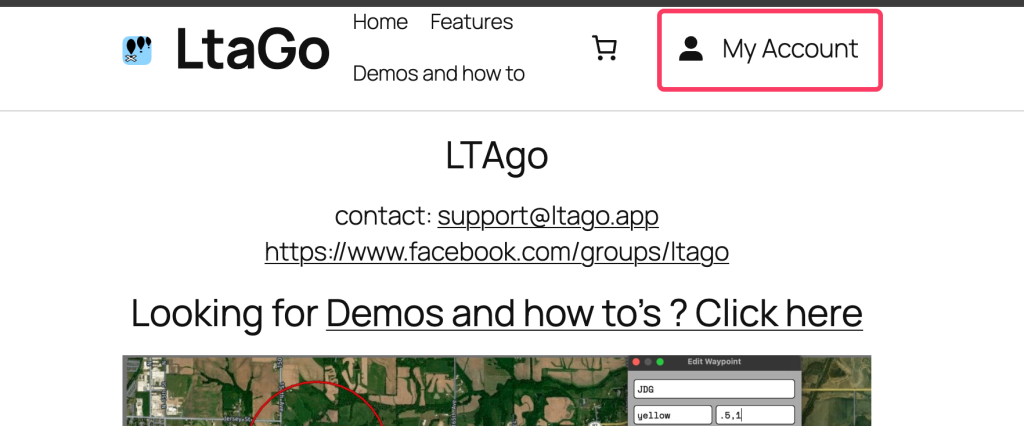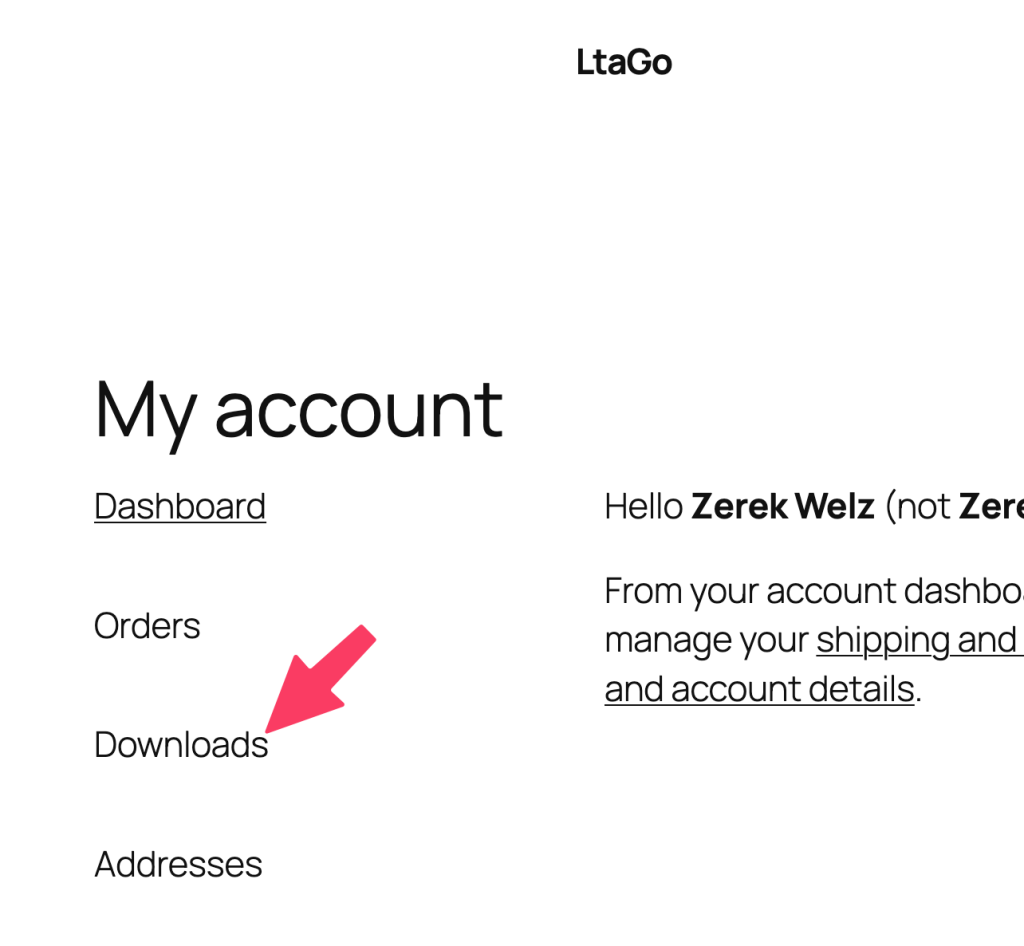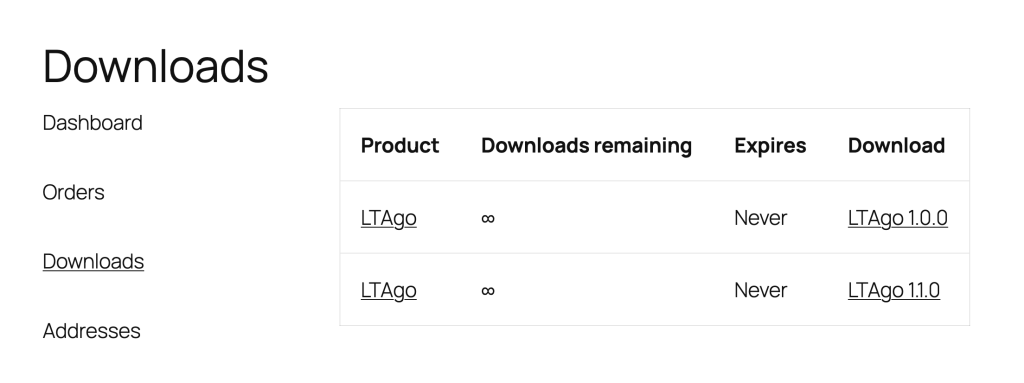Your cart is currently empty!
Install and Setup
First things first, you will need to go download QGIS.
If you haven’t purchased LTAgo yet, go here to do so and create an account.
If you have already purchased and have an account, go into “My Account” and then “Downloads”. Right click on the link under downloads and copy the link address.
Open up QGIS, and start a new project. In the toolbars at the top click “Plugins” > “Settings”. Click on the “Add” button.
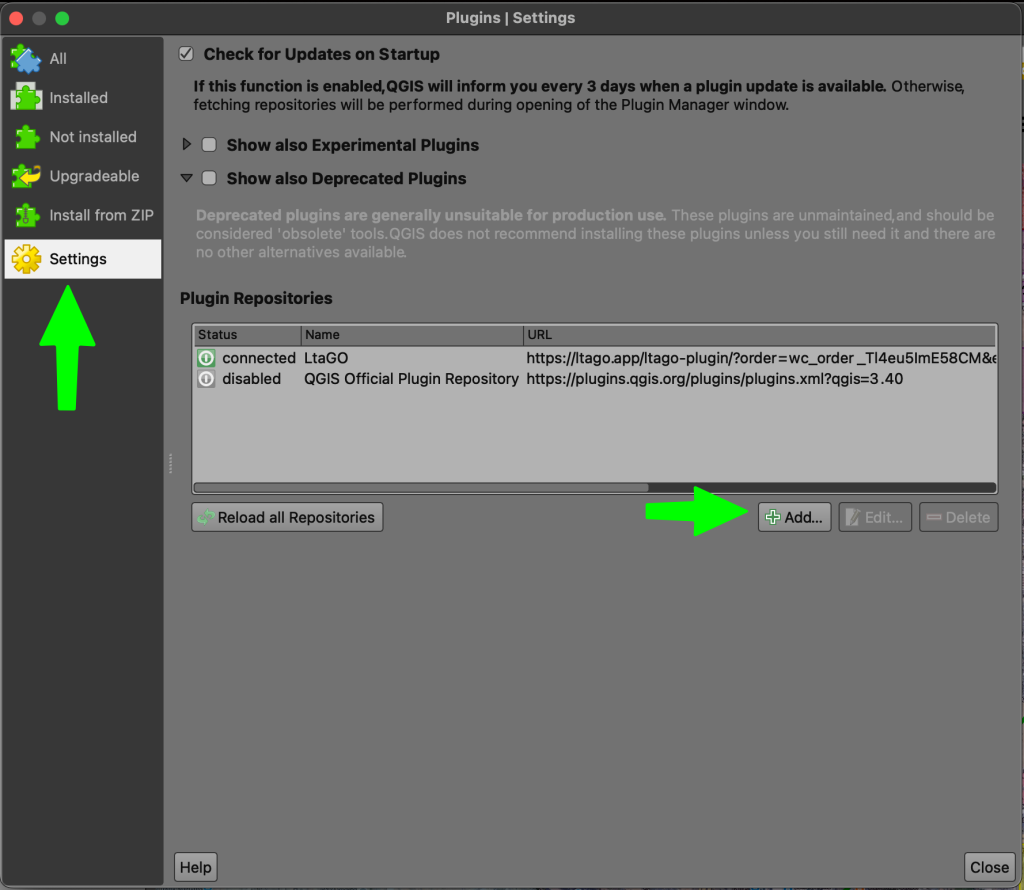
- In the window that shows enter the copied URL into the URL text input by right clicking and select paste.
- Enter “LTAgo” for the name.
- Click OK.
- A new window will show while the plugins are fetched.
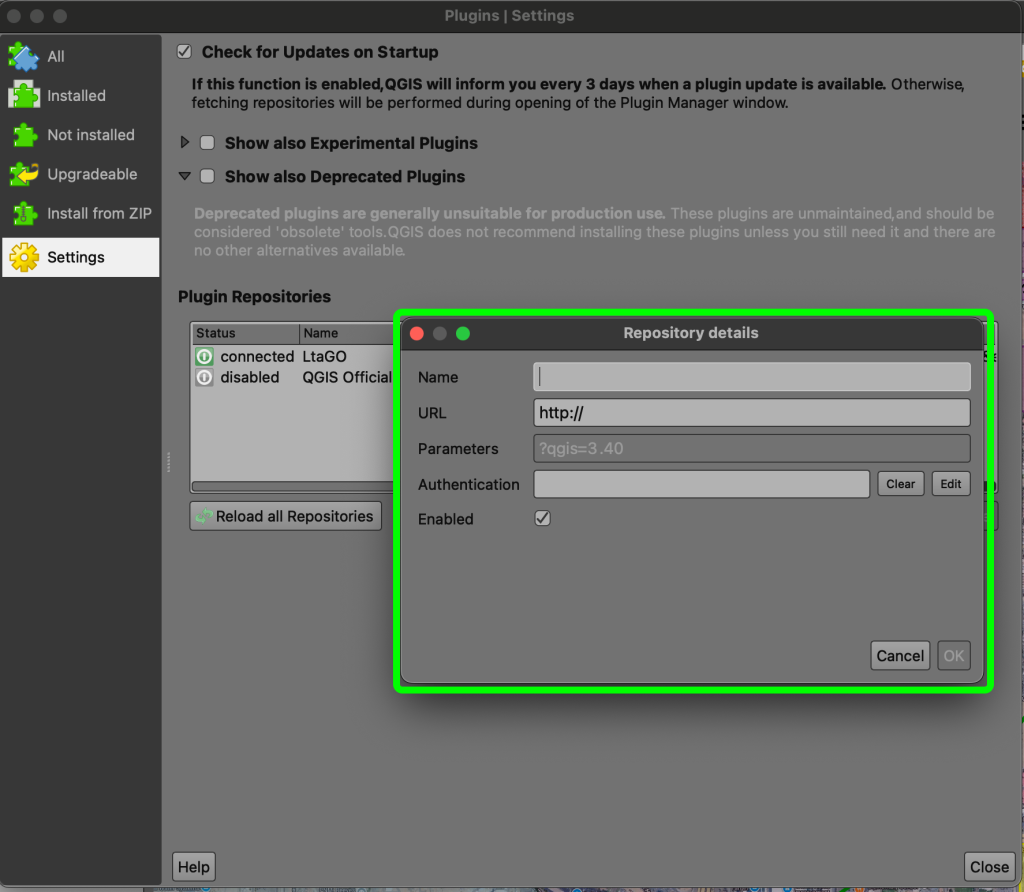
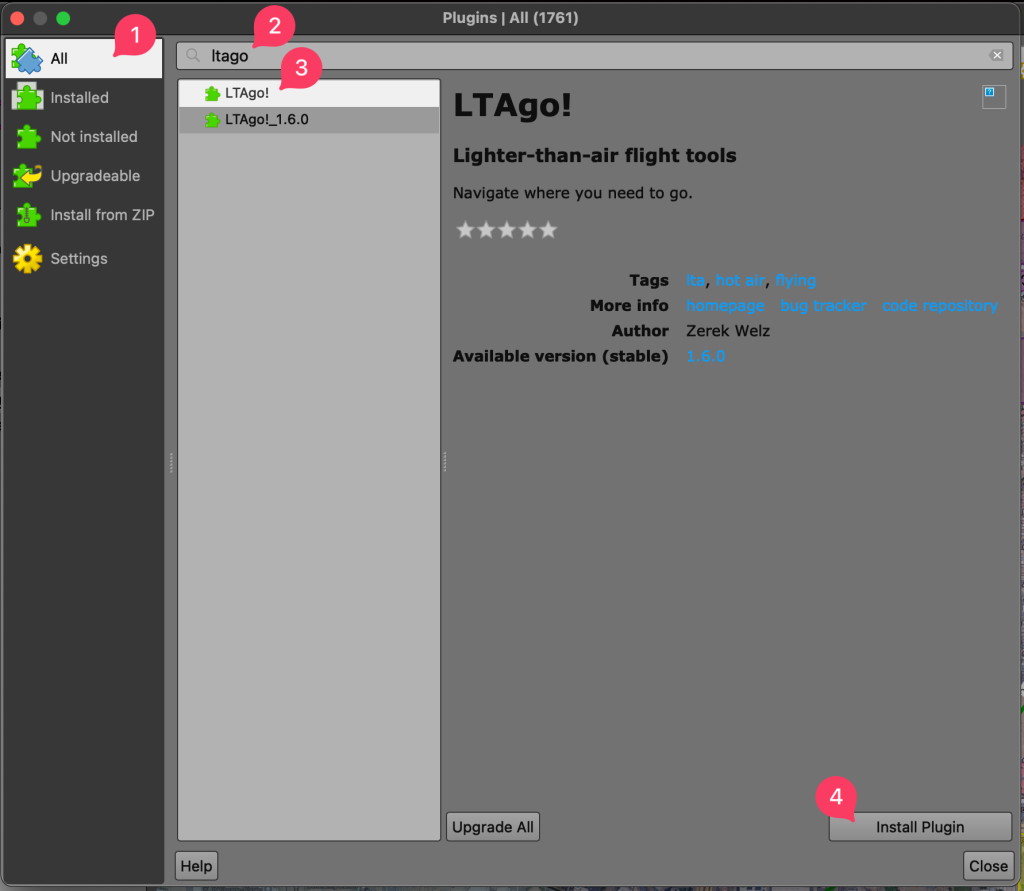
- Click on the “All” or “Not Installed” option in the left hand menu.
- Insert “ltago” into the search bar at the top.
- You will see all the available versions for downloading.
- Select the version, “LTAgo!”, with no version number. This will always be the most current up to date version.
- Click on “Install Plugin”.
- Once the plugin has been installed close the plugins window.
- Go fly!
“But wait! What about all those other versions!?” I hear you ask. Those are available in case you need to rollback to a previous version for any reason. You can uninstall whatever the currently installed version is and install a specific version if you run into any issues with a new version.
After LTAgo is installed I would suggest downloading the quick map services plugin for showing base maps. In the same Plugins window click “All” on the left hand side. In the search bar at the top enter “quickmapservices”(no spaces). In the bottom right of the window you should see a button that says “Install Plugin”. Click the “Install Plugin” button. If you want more info on the Quick Map Services plugin you can go here, https://plugins.qgis.org/plugins/quick_map_services/.
QGIS has other plugins that can provide map tiles or if you have a map tile service you like you can probably hook up directly to that. If you want more info on that, check out the map tile setup instructions.
You’re done! Click on any of the tool icons that were added when you installed the plugin.

If you want to learn more about individual tools check out the other videos on the how to page.
If you are looking to set up a GPS or want to try GPS mocking check out the GPS setup page.
